NASA - Recently Published
LSAH Newsletter
The Lifetime Surveillance of Astronaut Health (LSAH) program collects, analyzes, and interprets medical, physiological, hazard exposure, and environmental data for the purpose of maintaining astronaut health and safety as well as preventing occupationally induced injuries or disease related to...
NASA & GLOBE Connect People, Land, and Space
A group of elementary-aged students gather outside of Oldham County Public Library in La Grange, Kentucky, United States to look at clouds in the sky. “If anyone asks what you are doing, tell them, ‘I am a citizen scientist...
NASA’s Roman Observatory Passes Spate of Key Tests...
NASA’s nearly complete Nancy Grace Roman Space Telescope has made another set of critical strides toward launch. This fall, the outer portion passed two tests — a shake test and an intense sound blast — to ensure its successful...
NASA Crater Detection Challenge
Crater rims are vital landmarks for planetary science and navigation. Yet detecting them in real imagery is tough, with shadows, lighting shifts, and broken edges obscuring their shape. This project invites you to develop methods that can reliably fit...
CHAPEA Crew Begins Stay Inside NASA’s Mars Habitat...
A crew of four research volunteers stepped inside NASA’s CHAPEA (Crew Health and Performance Exploration Analog) habitat on Oct. 19, marking the start of the agency’s second 378-day simulated Mars mission. Ross Elder, Ellen Ellis, Matthew Montgomery, and James...
NASA Orbiter Shines New Light on Long-Running Mart...
Results from an enhanced radar technique have demonstrated improvement to sub-surface observations of Mars. NASA’s Mars Reconnaissance Orbiter (MRO) has revisited and raised new questions about a mysterious feature buried beneath thousands of feet of ice at the Red...
NASA’s 2025 Astronaut Candidates: Shaping Artemis ...
When NASA’s 2025 astronaut candidates arrived at the agency’s Johnson Space Center in Houston this fall, they stepped into history, sharing a common mission to master the skills and teamwork that define NASA’s next era of exploration. Selected from...
New NASA HEAT and My NASA Data Resources Bring Spa...
As the Sun enters a period of heightened activity, students now have a new way to explore its powerful effects on Earth and space. NASA’s Heliophysics Education Activation Team (NASA HEAT), in collaboration with My NASA Data, has released...
NASA, NOAA Rank 2025 Ozone Hole as 5th Smallest Si...
The ozone hole over the Antarctic was small in 2025 compared to previous years and remains on track to recover later this century. The hole this year was the fifth smallest since 1992, the year a landmark international agreement...
NASA Citizen Science Toolkit for Librarians
NASA’s Toolkit for Librarians can help you share NASA citizen science opportunities with your patrons and community members. Rural and urban libraries, informal educators, youth group leaders, and retirement community coordinators can all benefit from this resource. Together, we...
The Overview Effect: Astronaut Perspectives from 2...
To see Earth from space is to be forever changed by the view. Since Alan Shepard became the first American to lay eyes on our home planet from above, countless NASA astronauts have described feeling awed by the astonishing...
NASA Awards Liquid Hydrogen Supply Contracts
NASA has selected Plug Power, Inc., of Slingerlands, New York, and Air Products and Chemicals, Inc., of Allentown, Pennsylvania, to supply up to approximately 36,952,000 pounds of liquid hydrogen for use at facilities across the agency. The NASA Agency-wide...
10 Years of Students Helping NASA Grow Space Food ...
Nearly 1,250 middle and high school students from 71 schools around the world joined Fairchild Tropical Botanic Garden for the Growing Beyond Earth (GBE) Student Launch Chat with the Scientists, marking an inspiring milestone in the program’s 10th anniversary...
What is BioSentinel?
Editor’s Note: This article was updated Nov. 21, 2025 shortly after BioSentinel’s mission marked three years of operation in deep space. Astronauts live in a pretty extreme environment aboard the International Space Station. Orbiting about 250 miles above the Earth...
25 Years of Scientific Discovery Aboard the Intern...
November marks 25 years of human presence aboard the International Space Station, a testament to international collaboration and human ingenuity. Since the first crew arrived on Nov. 2, 2000, NASA and its partners have conducted thousands of research investigations...
Hubble Seeks Clusters in ‘Lost Galaxy’
Today’s NASA/ESA Hubble Space Telescope image features the spiral galaxy NGC 4535, which is situated about 50 million light-years away in the constellation Virgo (the Maiden). Through a small telescope, this galaxy appears extremely faint, giving it the nickname...
Europa Clipper Captures Uranus With Star Tracker C...
Description NASA’s Europa Clipper captured this image of a starfield — and the planet Uranus — on Nov. 5, 2025, while experimenting with one of its two stellar reference units. These star-tracking cameras are used for maintaining spacecraft orientation....
NASA’s Scott Tingle to Serve as Agency’s Chief Ast...
NASA named astronaut Scott Tingle as chief of the Astronaut Office at the agency’s Johnson Space Center in Houston, effective Nov. 10. A decorated spaceflight veteran and former captain in the United States Navy, Tingle has logged more than...



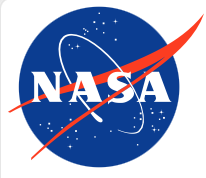

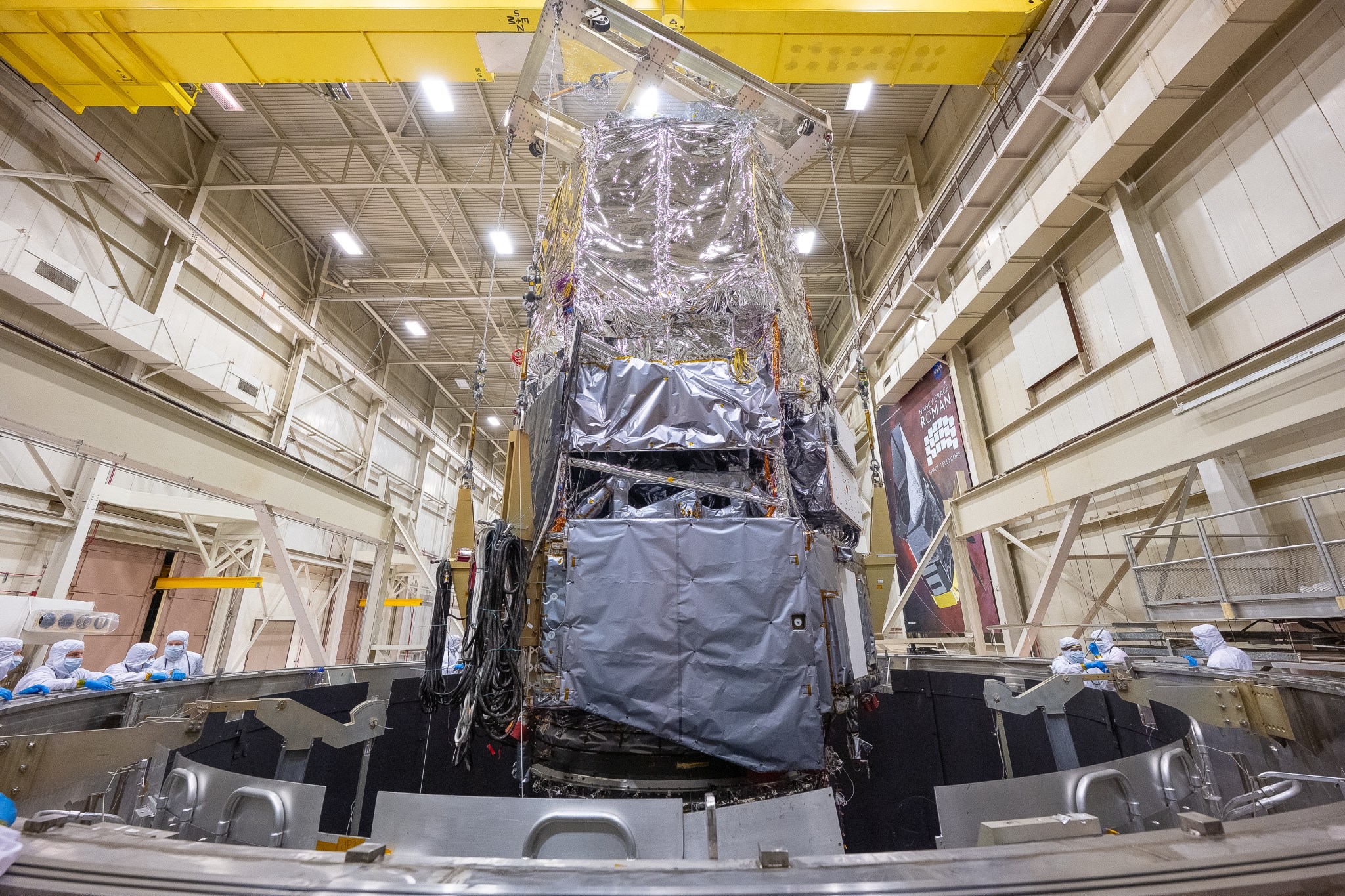
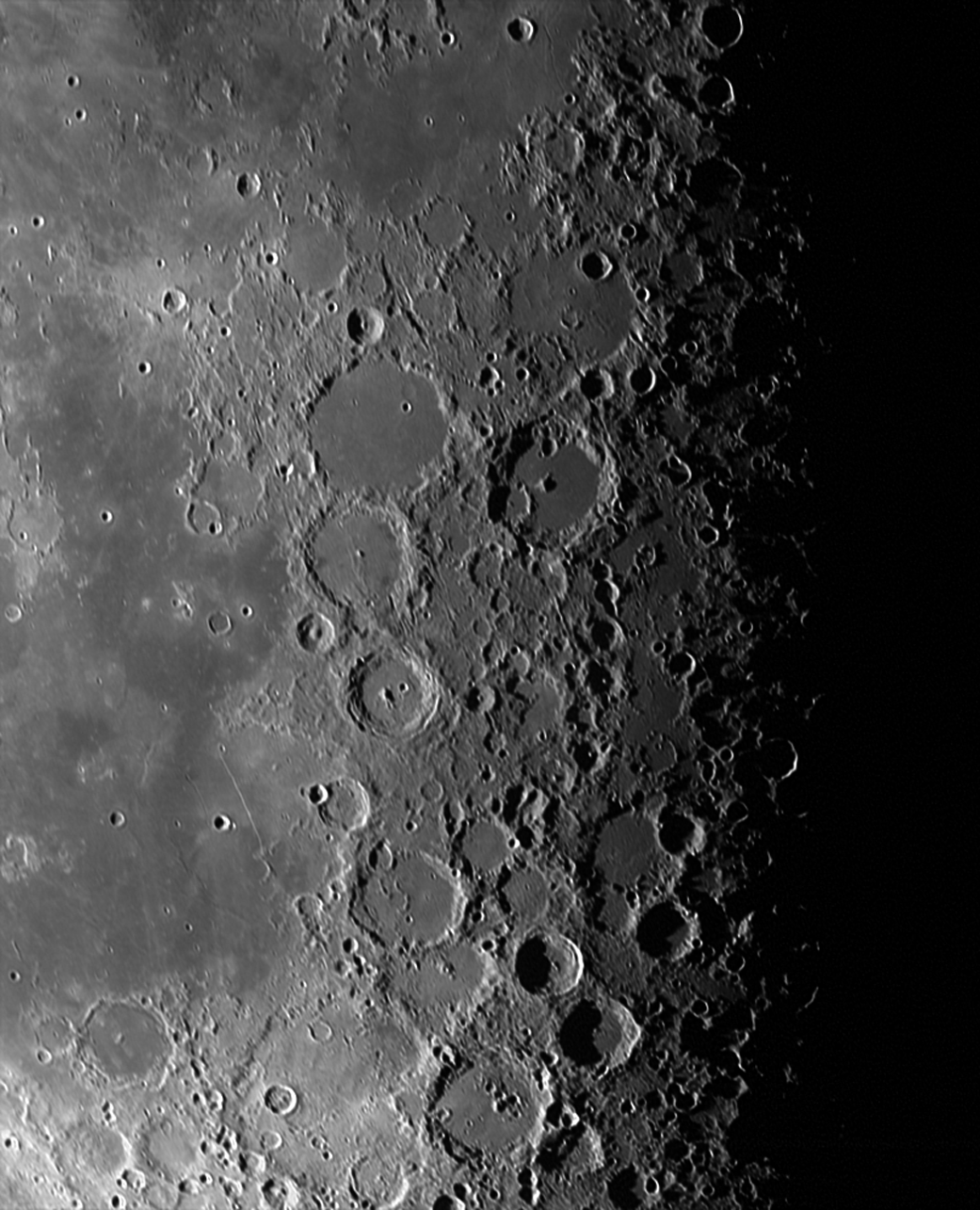

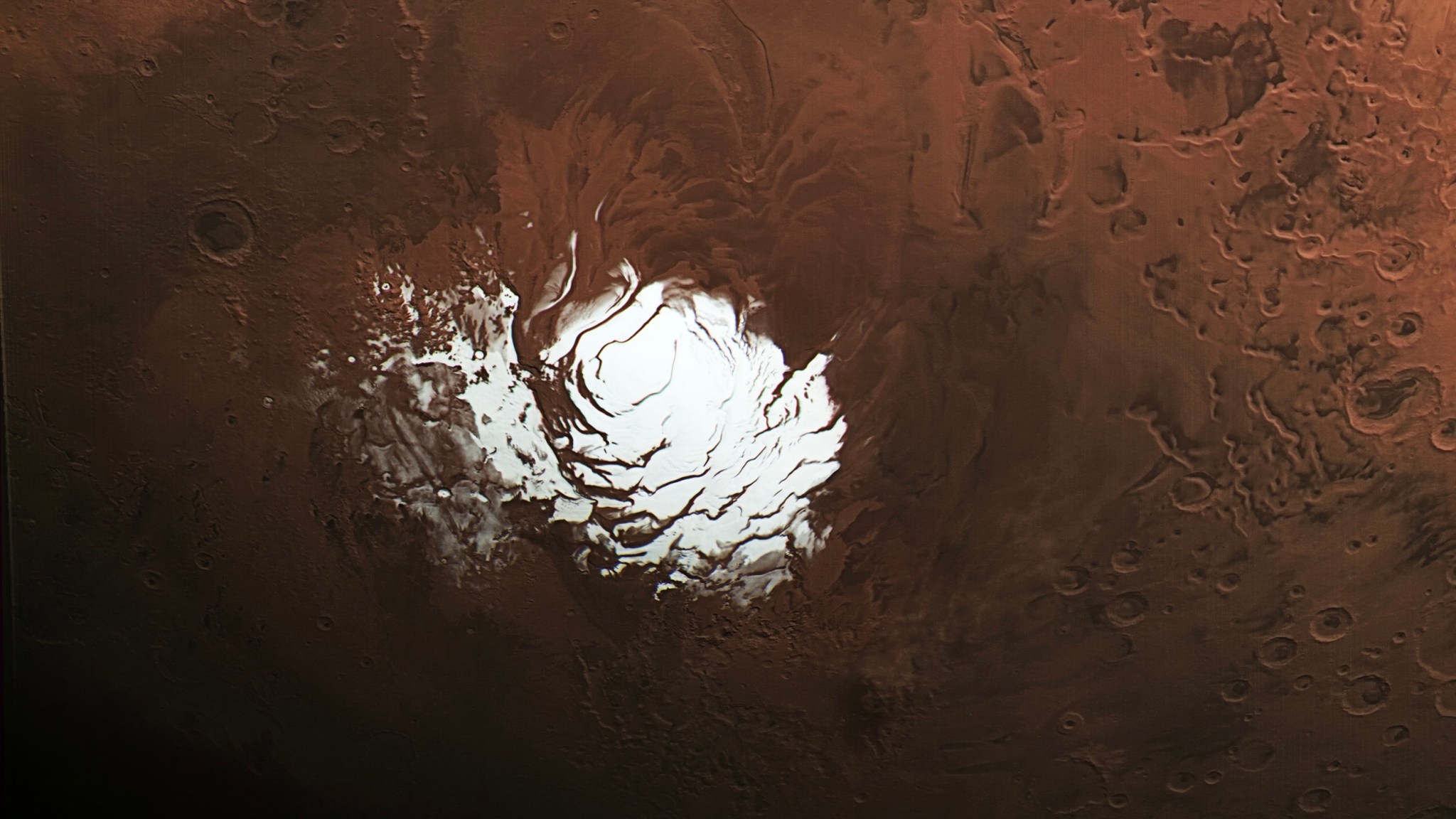

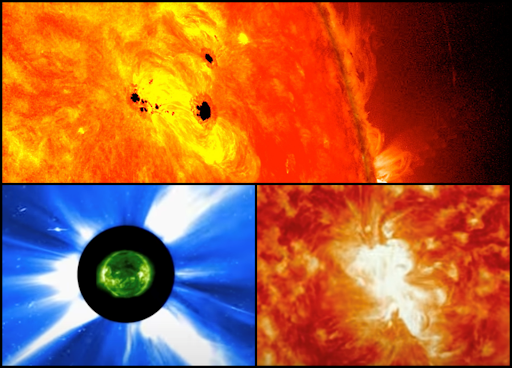

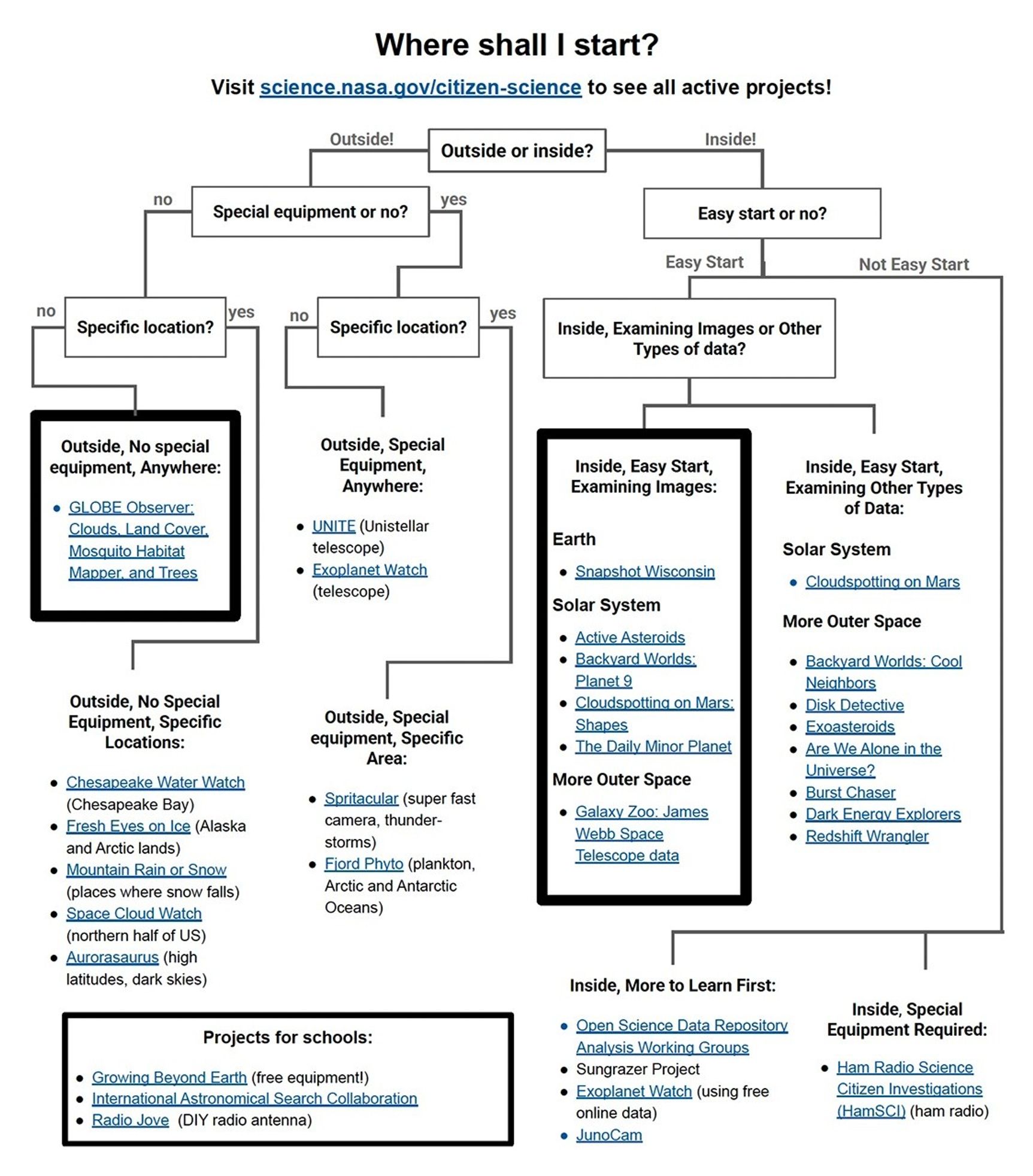
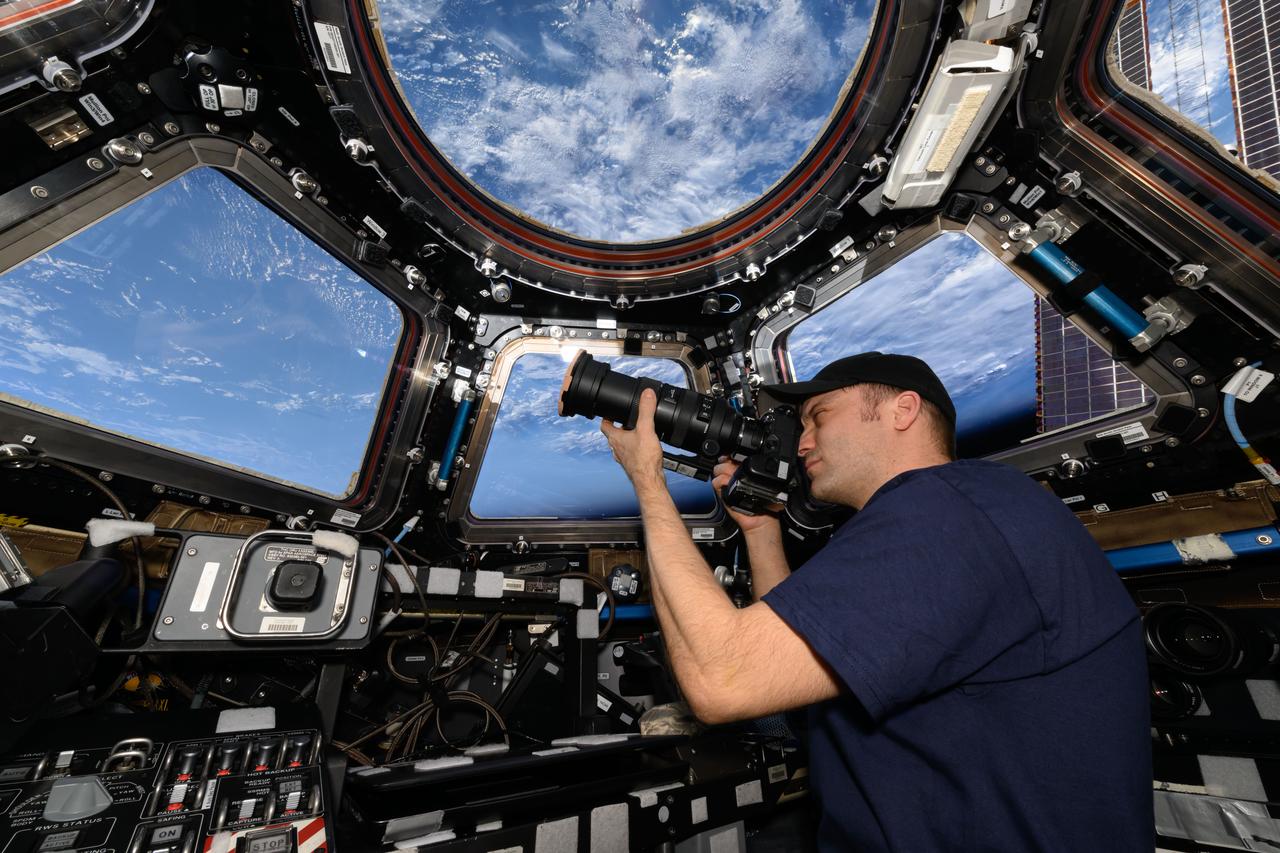




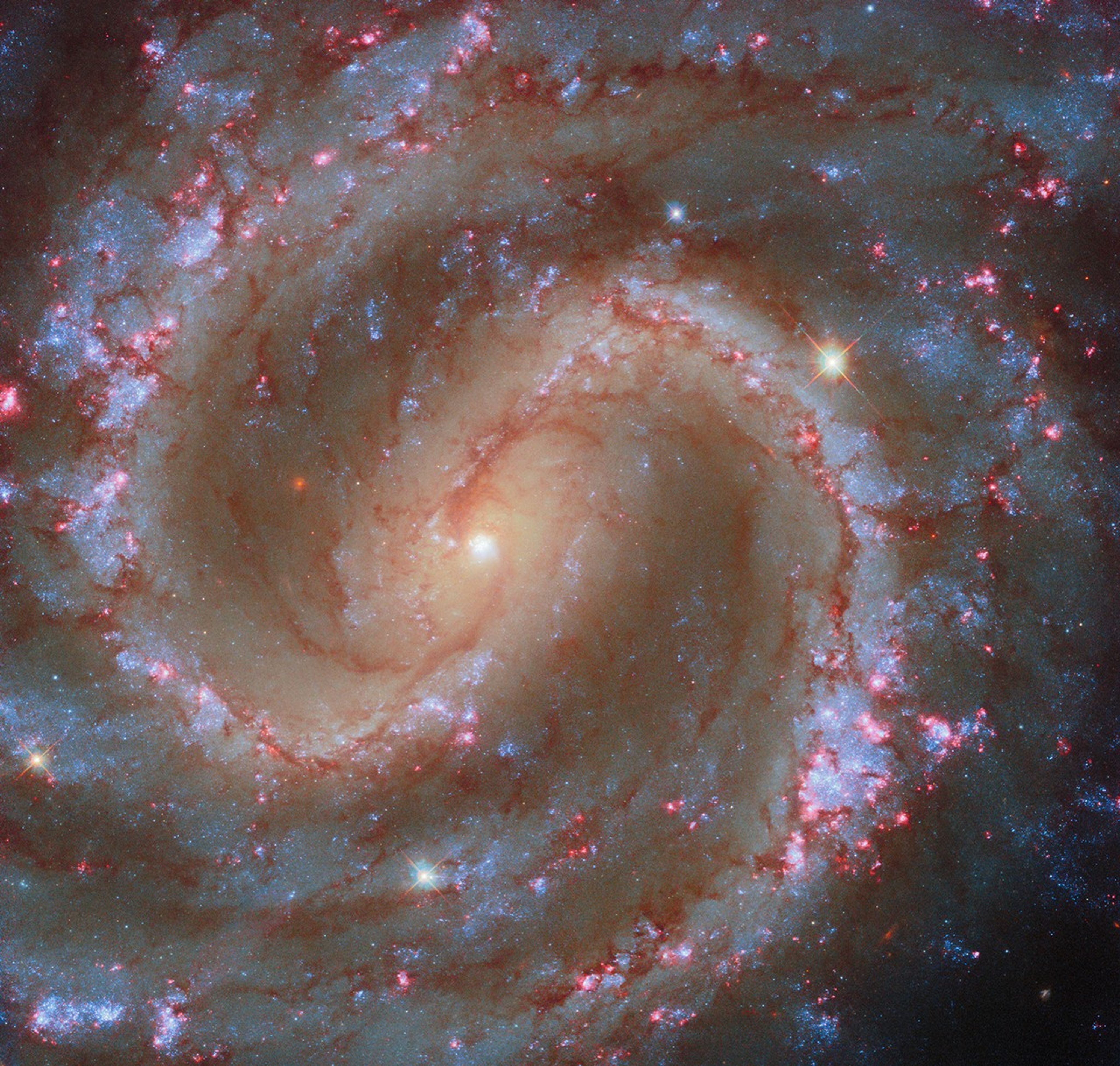
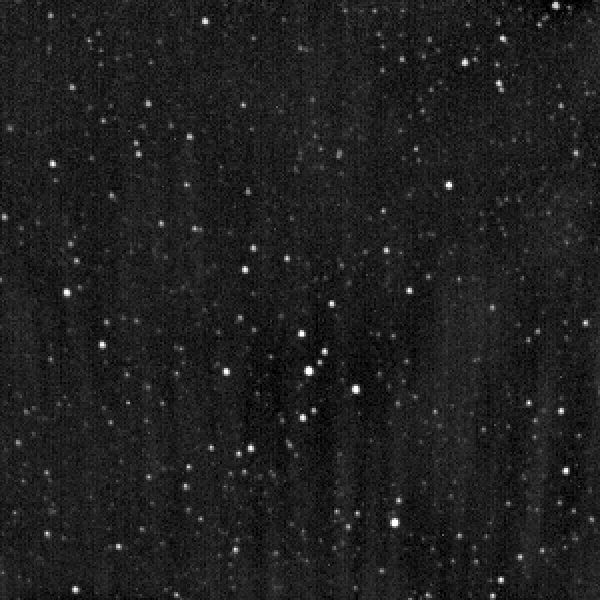
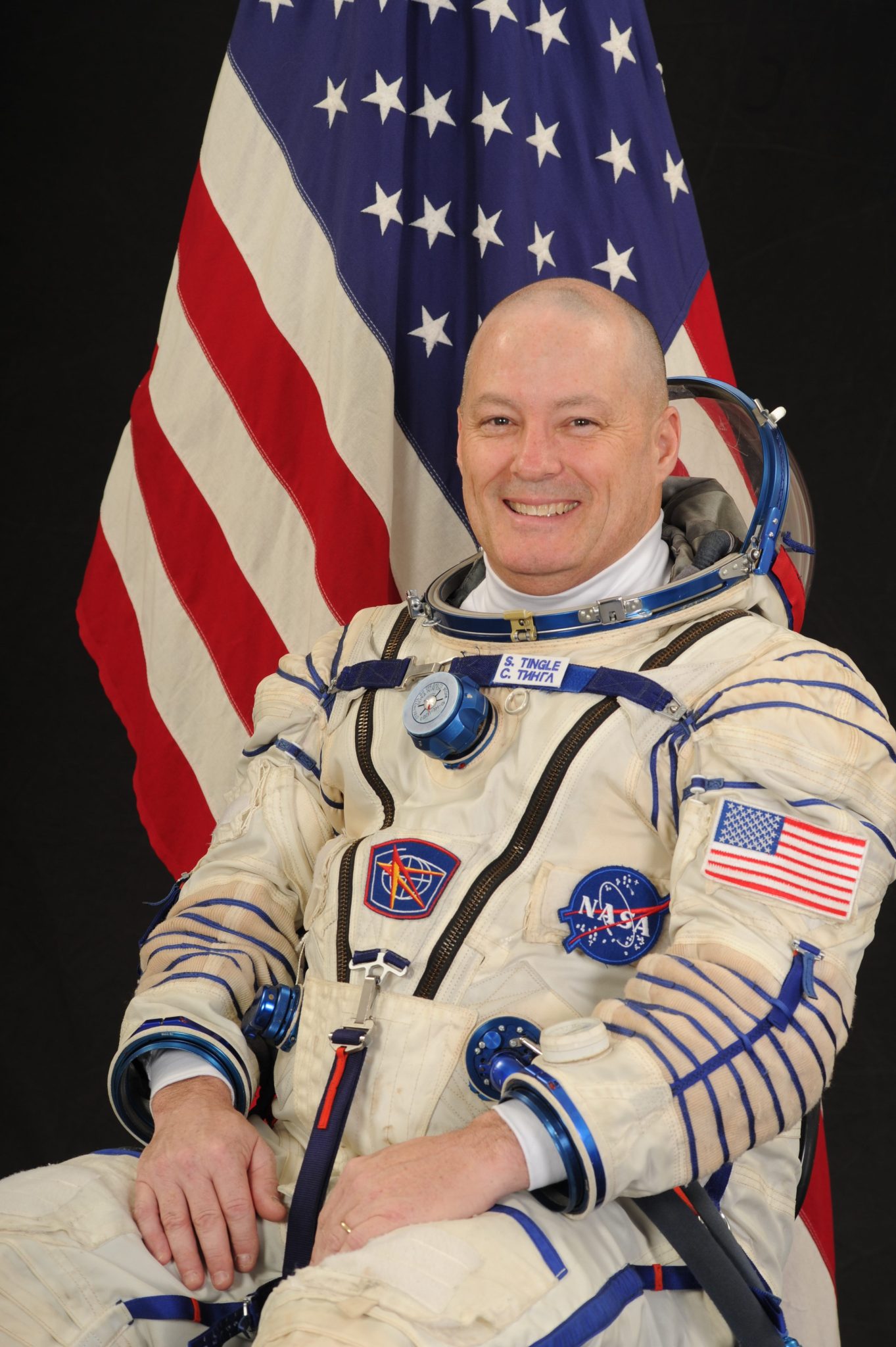

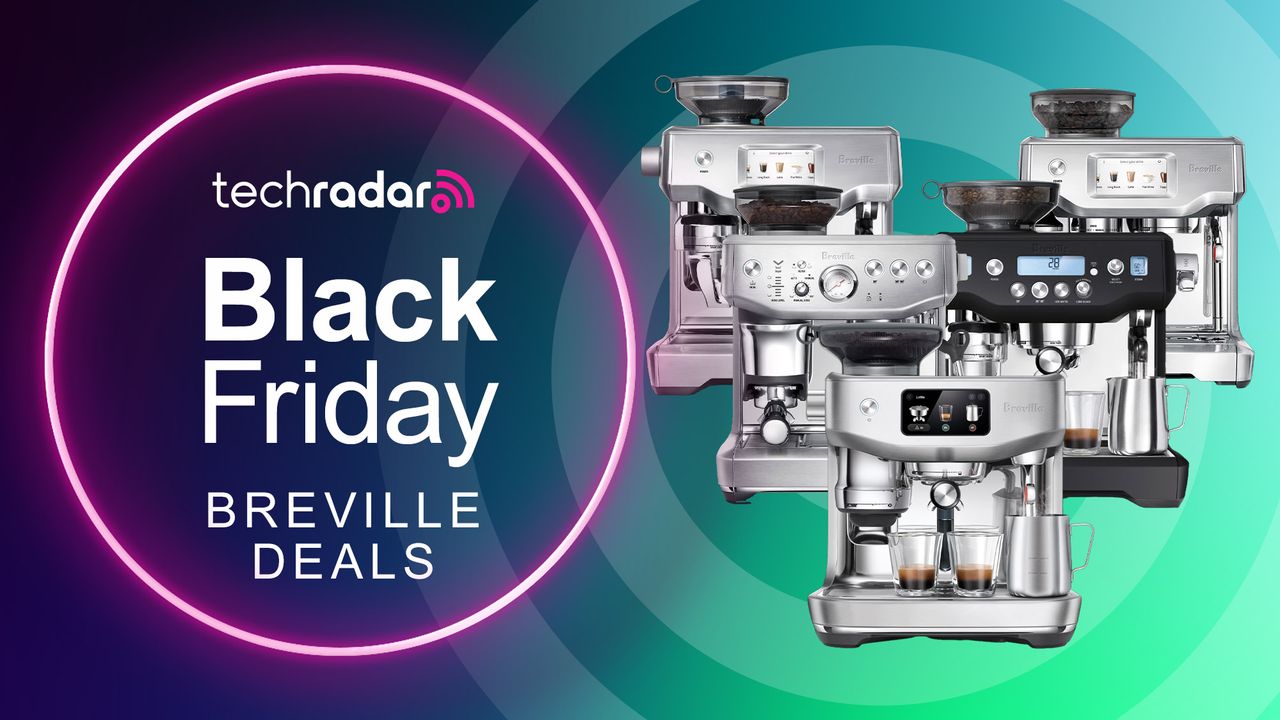

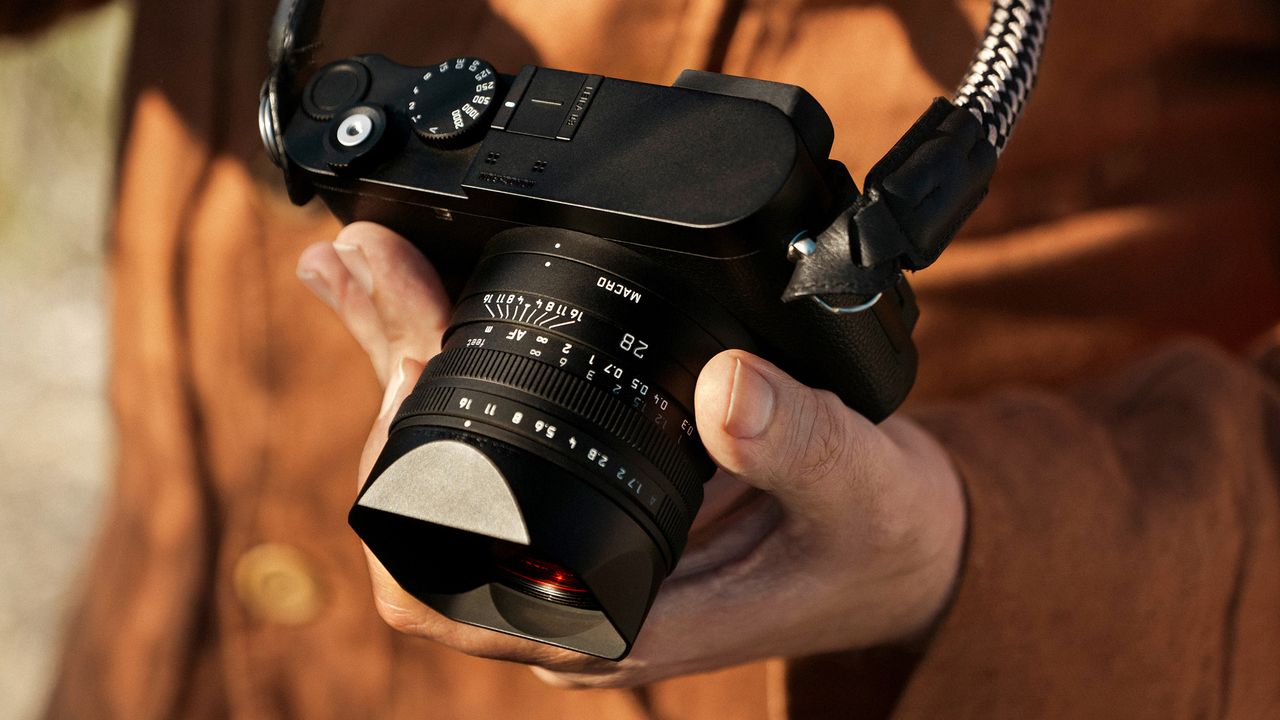




 English (US) ·
English (US) ·